Earth is home to craters that seem otherworldly in their beauty and scale. These natural formations, caused by meteoric impacts, offer stunning landscapes that feel like they belong on another planet. This list explores some of the most remarkable and rare craters that look like they’ve come from another world.
Barringer Crater, USA
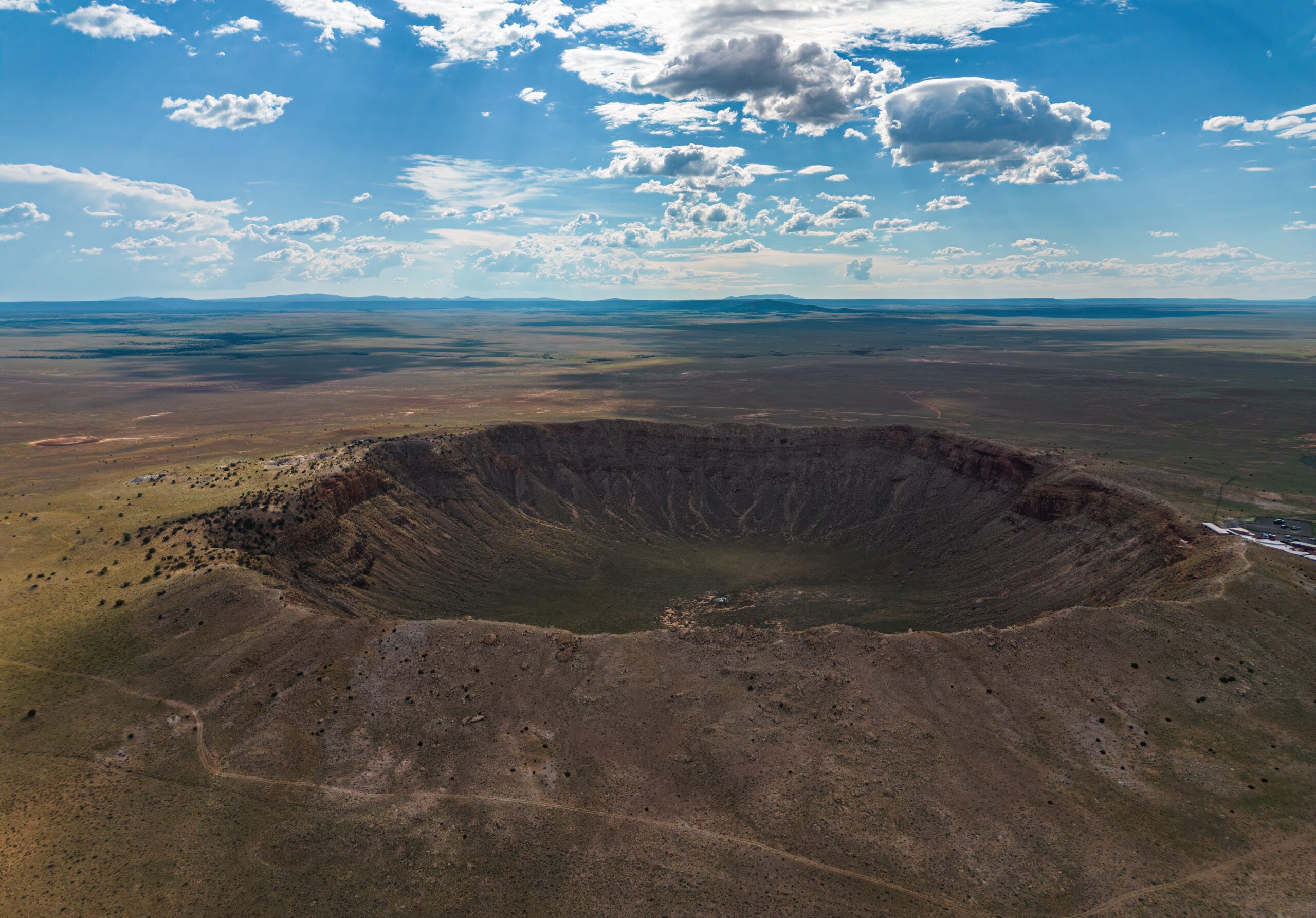
The Barringer Crater, located in Arizona, is one of the most well-preserved impact craters on Earth. Formed around 50,000 years ago by a nickel-iron meteorite, its diameter spans nearly 1,200 meters. The stark, desert surroundings and the crater’s steep walls give it an alien-like appearance. This iconic site is a testament to Earth’s violent cosmic encounters. Visitors can still see the crater’s impressive depth and rim, making it feel like a scene from another world.
Vredefort Crater, South Africa
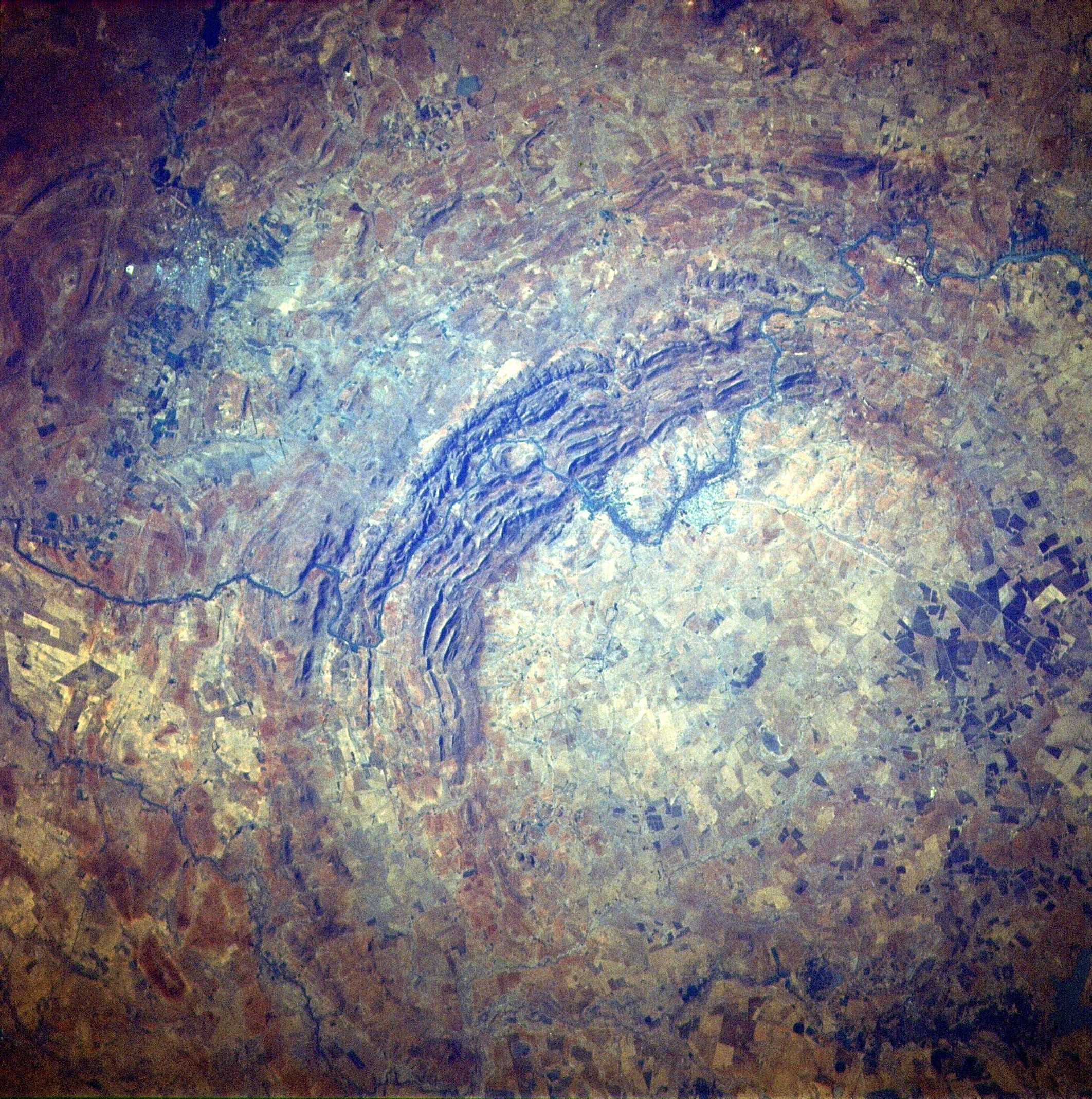
The Vredefort Crater is the largest confirmed impact structure on Earth, stretching about 300 kilometers in diameter. This massive crater was created over 2 billion years ago by an asteroid more than 10 kilometers wide. Though erosion has worn down much of the crater’s original shape, its central dome remains visible. The landscape around it is rich in geological history, with rocks that seem out of place on Earth’s surface. The sheer scale of the Vredefort Crater is awe-inspiring.
Pingualuit Crater, Canada
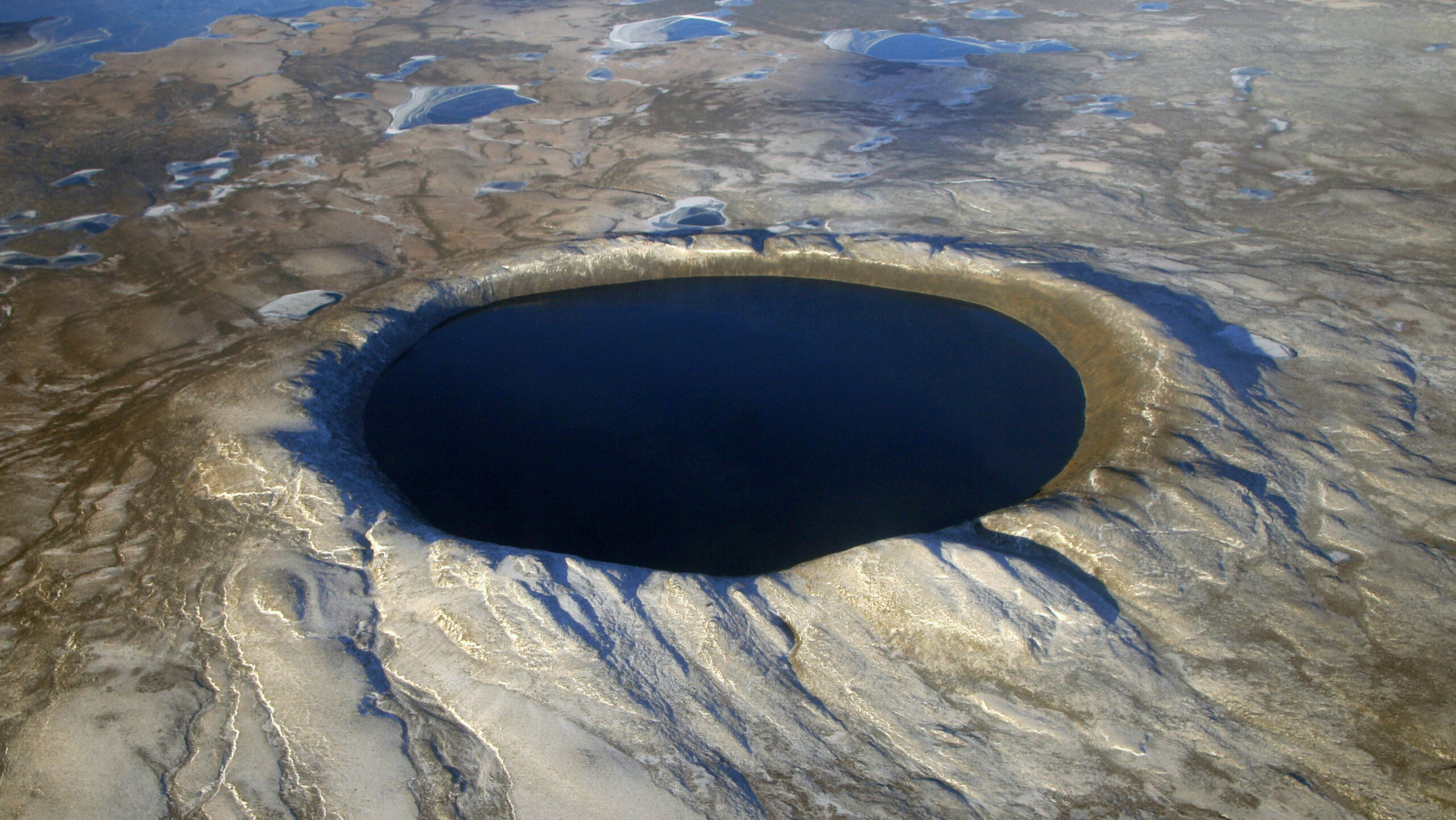
Located in the remote regions of northern Quebec, the Pingualuit Crater is a perfectly circular formation filled with crystal-clear water. Its sharp, symmetrical edges and pristine lake give it a surreal appearance. Formed about 1.4 million years ago, this crater remains a largely untouched wonder. The depth of the water, combined with its isolated surroundings, creates an almost eerie sense of tranquility. It feels more like a hidden crater on an alien moon than a spot on Earth.
Roter Kamm Crater, Namibia
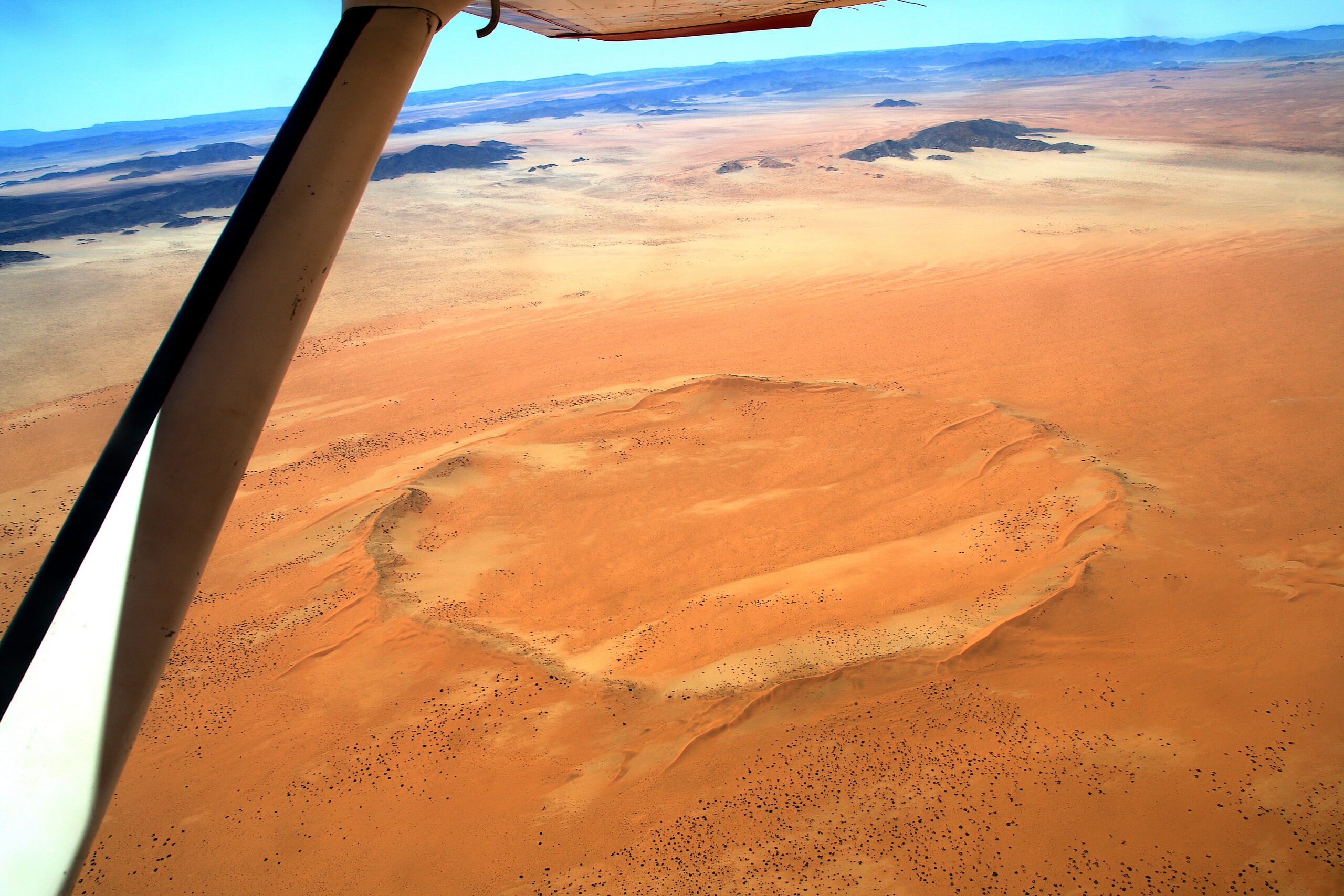
In the vast Namib Desert, the Roter Kamm Crater stands out with its striking red sand and sharp outline. This 2.5-kilometer-wide crater was created around 5 million years ago by a meteorite impact. Its rugged, dry terrain and the crater’s sunken appearance make it look otherworldly. The surrounding desert amplifies the sense of isolation, as if the crater were a forgotten remnant of a cosmic event.
Lonar Crater, India
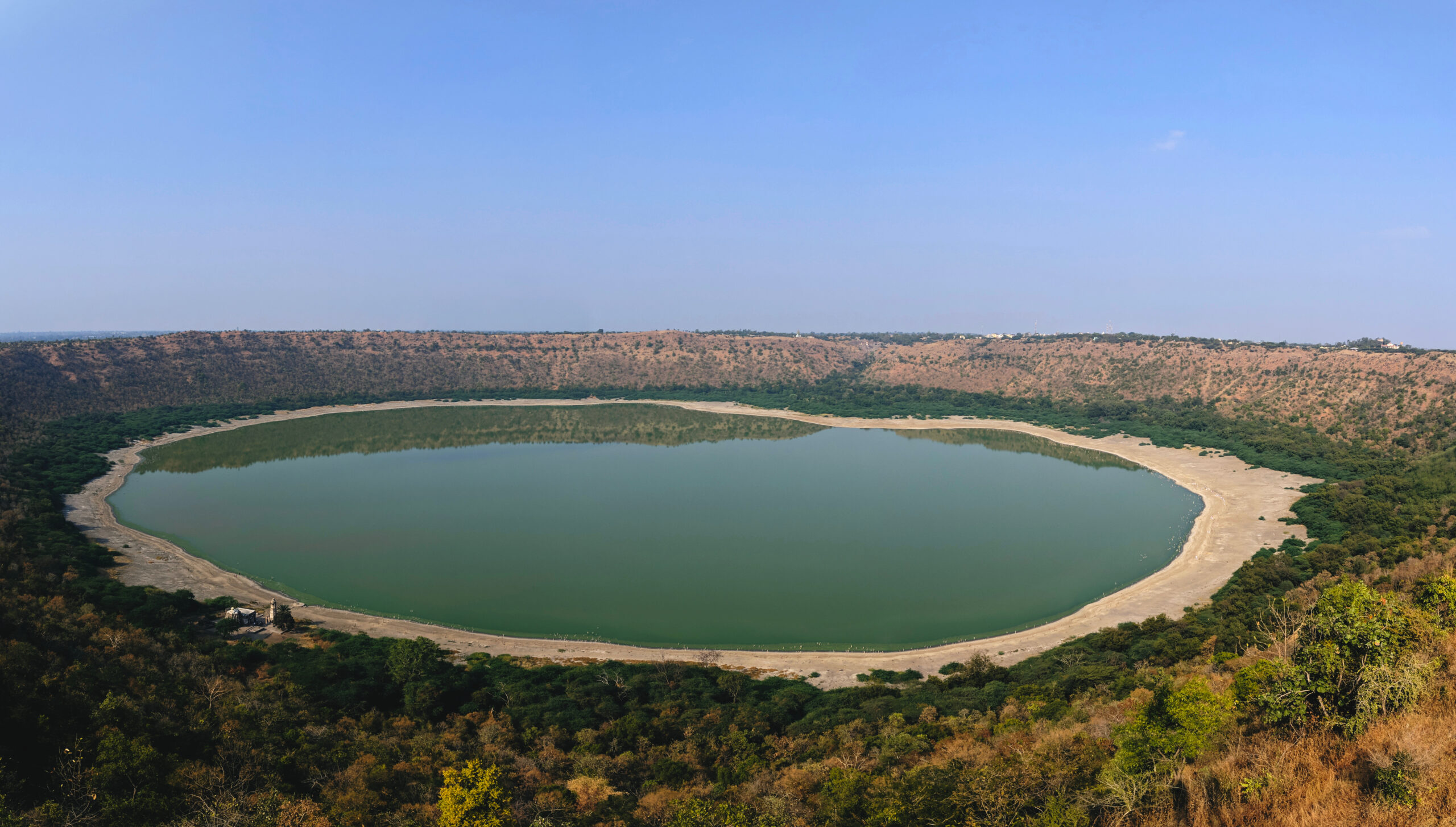
The Lonar Crater in Maharashtra, India, is one of the few craters formed in basalt rock, giving it a unique geological signature. Created about 52,000 years ago by a high-velocity meteorite, the crater is nearly 1.8 kilometers in diameter. Today, the crater is filled with a saline lake, surrounded by a dense forest. Its unusual composition and setting make it a rare and extraordinary natural formation, often compared to extraterrestrial landscapes.
Kaali Crater, Estonia
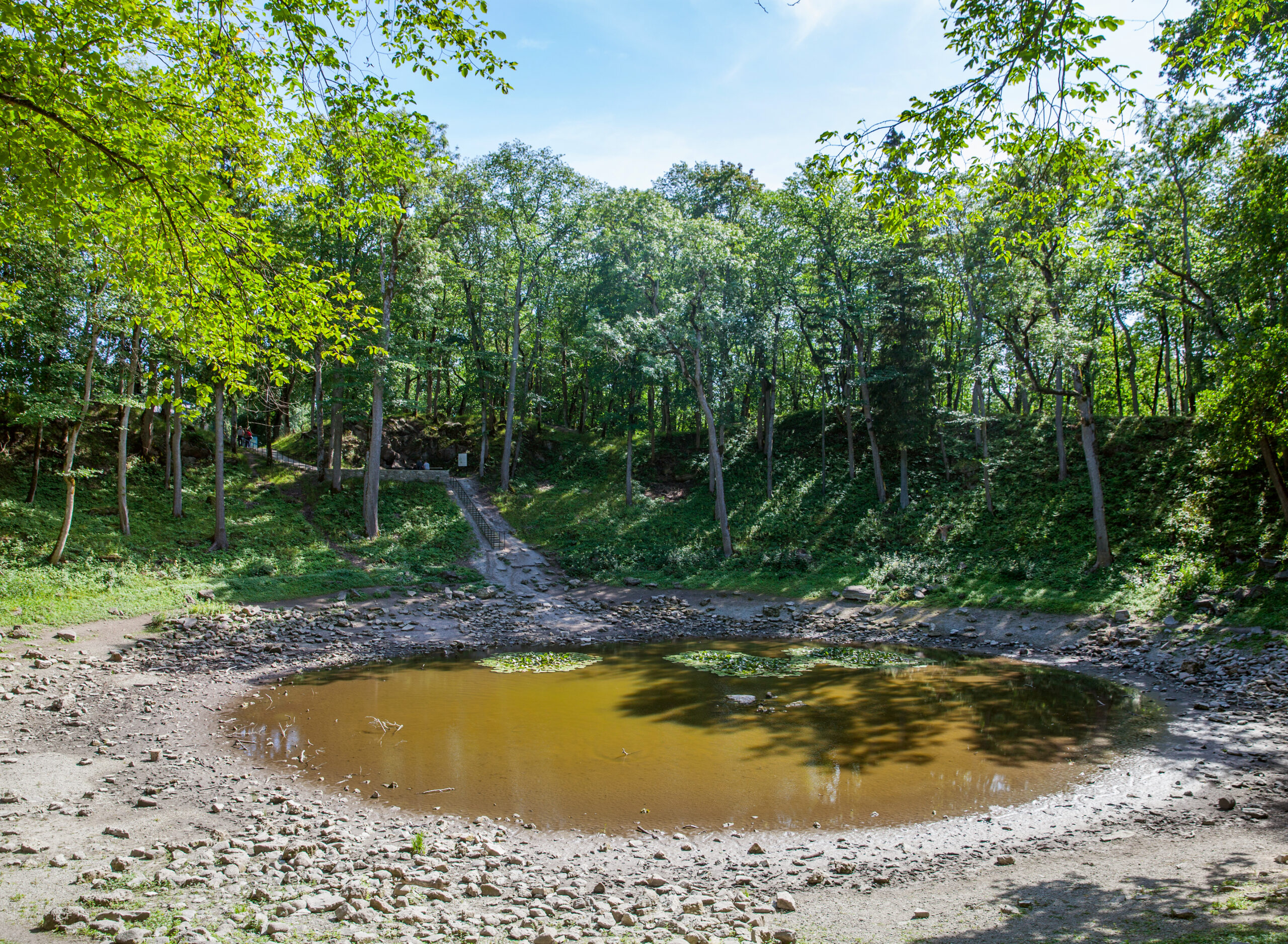
The Kaali Crater in Estonia is one of the smallest but most impactful craters on the list. Formed over 4,000 years ago by a meteorite impact, it left behind a cluster of nine craters, with the largest being about 110 meters wide. Its location on the Saaremaa Island and the lush green vegetation surrounding it give the crater an enchanting, yet mysterious feel. The Kaali Crater is steeped in local mythology, adding to its otherworldly allure.
Gosses Bluff, Australia
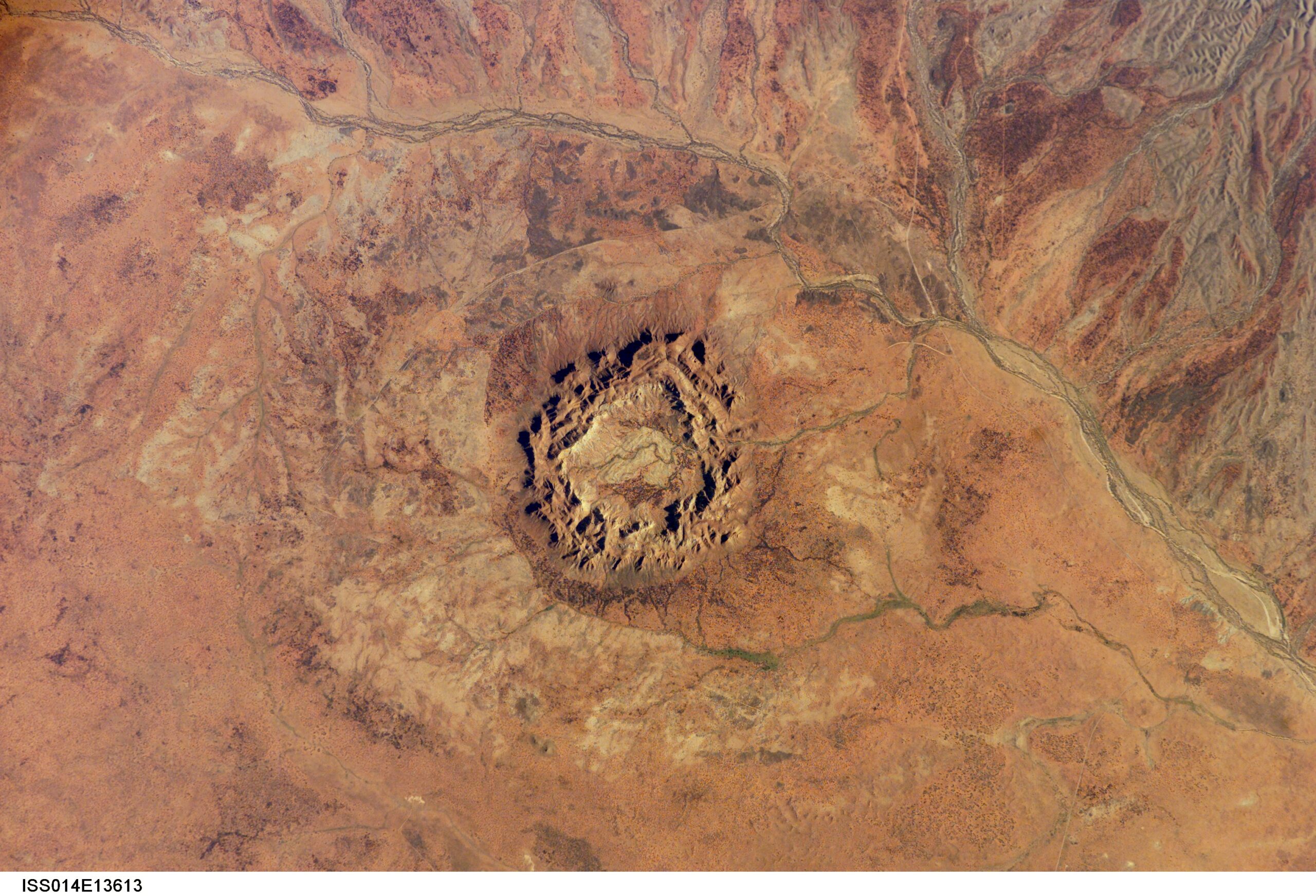
Gosses Bluff, located in the Northern Territory of Australia, is an ancient crater that spans 22 kilometers in diameter. Formed around 142 million years ago, this impact structure is partially eroded, leaving a ring of cliffs that rise dramatically from the flat desert. The site is considered sacred by the Aboriginal people, who have stories linking the crater to celestial events. The dramatic cliffs create an isolated, almost eerie landscape, resembling an alien world.
Manicouagan Crater, Canada
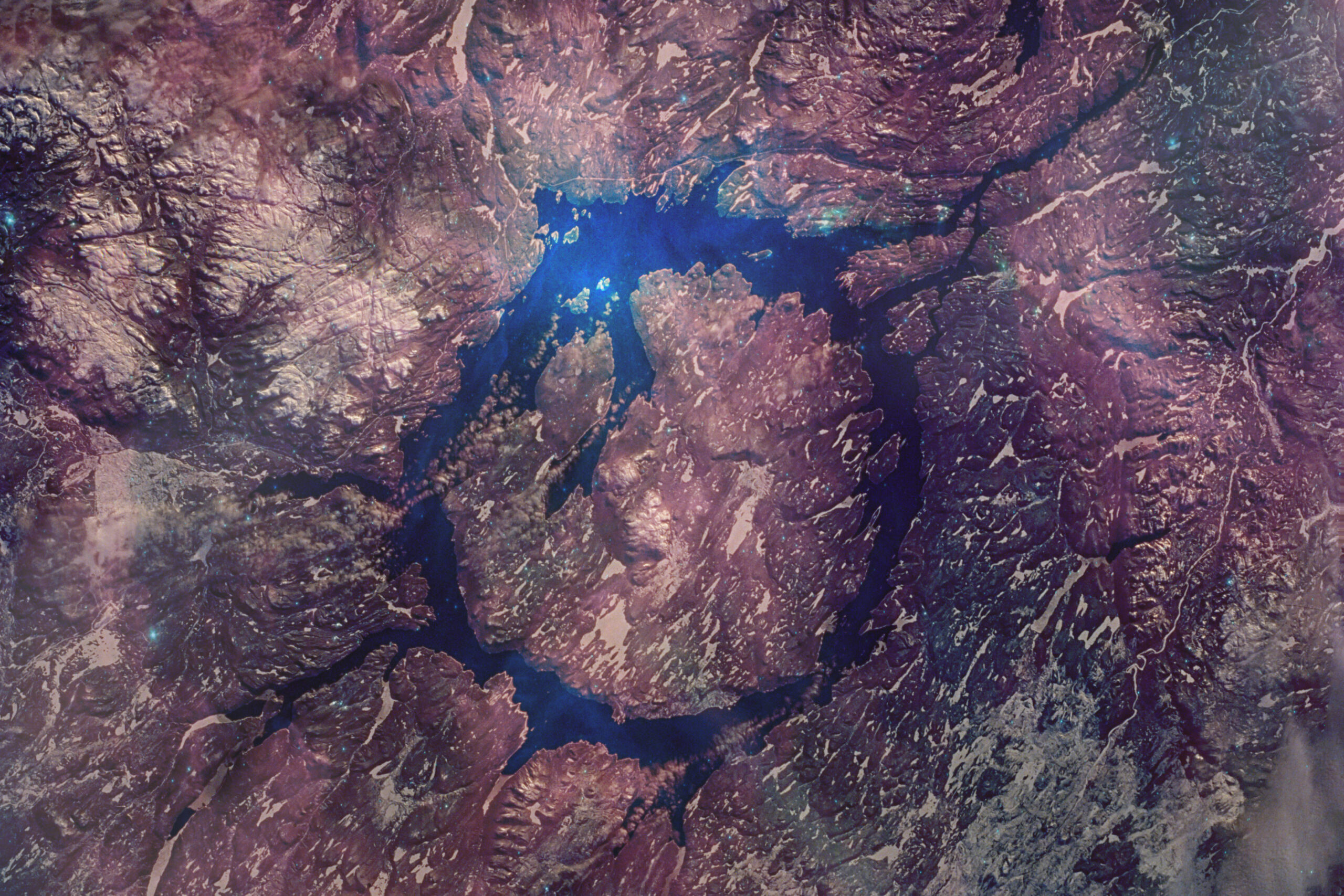
The Manicouagan Crater in Quebec is one of the oldest and largest impact structures still visible on Earth. It’s now filled with a circular lake that spans over 70 kilometers in diameter. The crater was formed more than 214 million years ago, and its nearly perfect ring shape is a striking sight from above. The surrounding wilderness and the dark waters of the reservoir give it an otherworldly, remote feel, as if it were a crater on a distant planet.
Wolfe Creek Crater, Australia
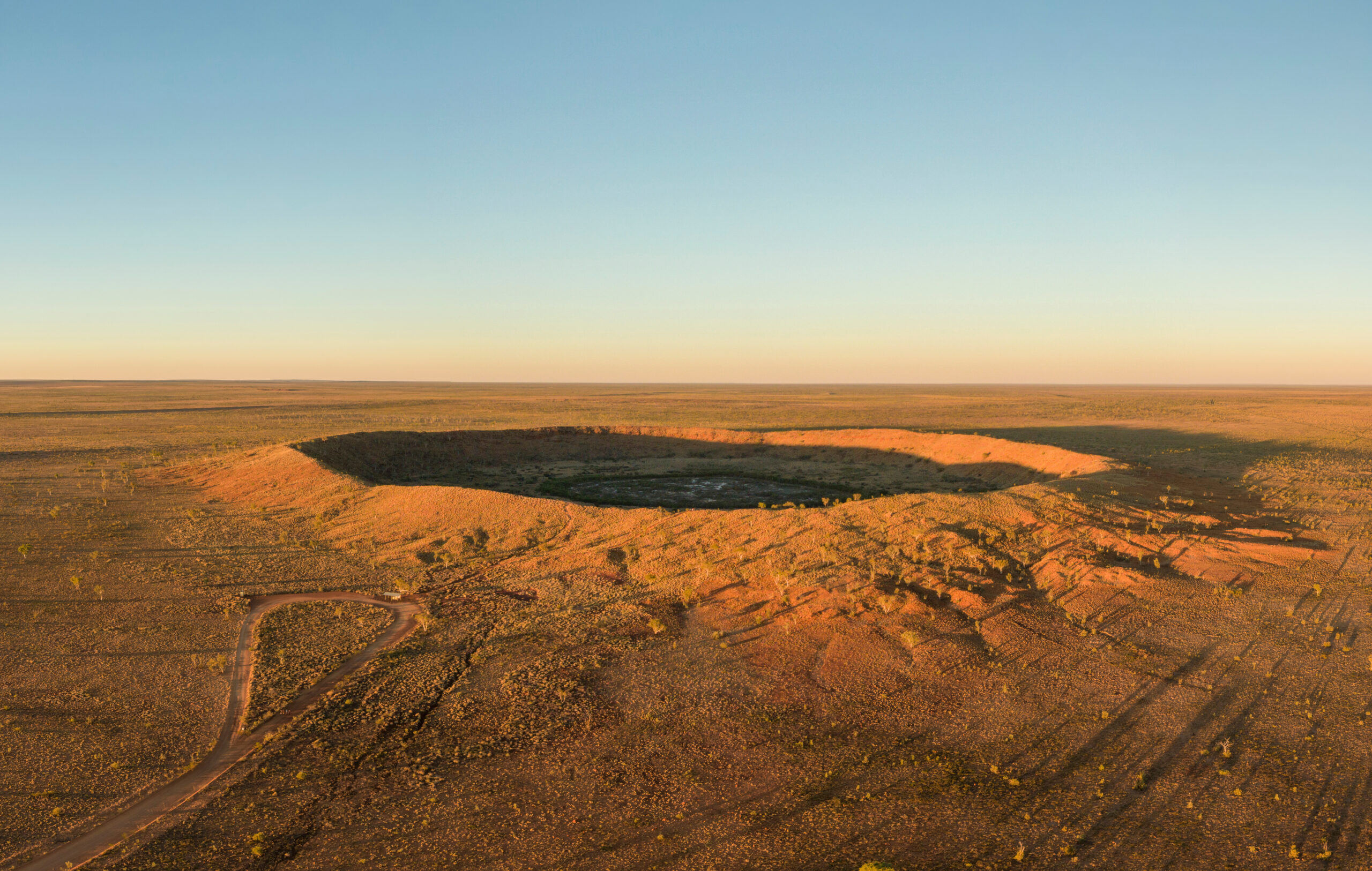
Wolfe Creek Crater, located in Western Australia, is one of the largest meteorite craters in the world, with a diameter of about 875 meters. Formed approximately 300,000 years ago, this crater has remained remarkably well-preserved. Its circular structure, surrounded by flat desert plains, creates an eerie, isolated landscape. The rim of the crater rises 25 meters above the surrounding terrain, giving it an otherworldly presence in the vast Australian outback. The stark contrast between the crater and the barren land makes it feel like a scene from another planet.
Tswaing Crater, South Africa
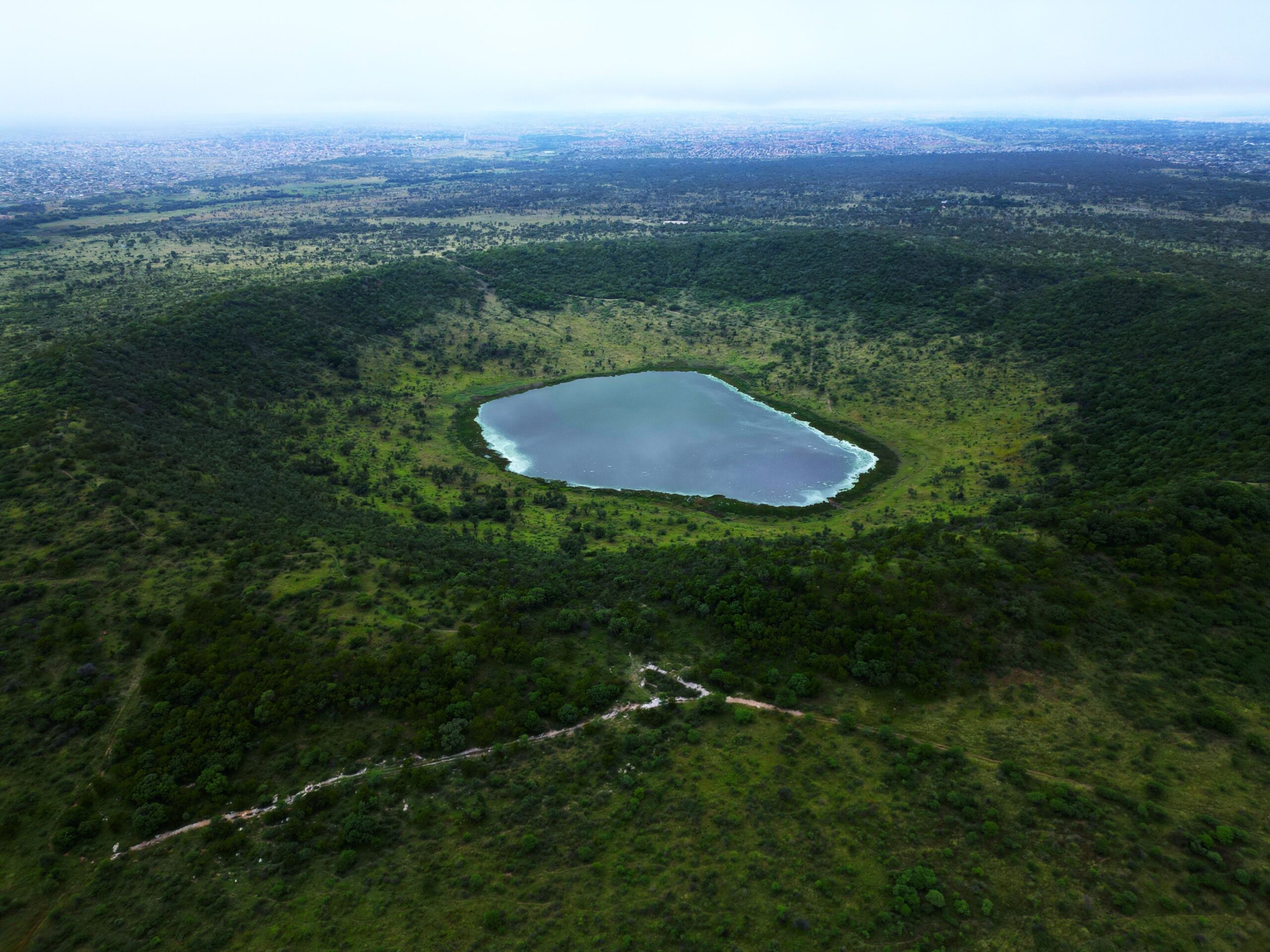
Tswaing Crater, located just outside of Pretoria, South Africa, is a 1.1-kilometer-wide crater formed around 220,000 years ago by a meteorite impact. Today, it’s filled with a saltwater lake, adding to its surreal appearance. The crater is surrounded by dense vegetation, making it an unexpected sight in the middle of the African bush. Its unique mix of water and greenery against the crater’s ancient rocky walls gives it a truly alien-like feel. Visitors often describe the atmosphere as both tranquil and otherworldly.
Popigai Crater, Russia
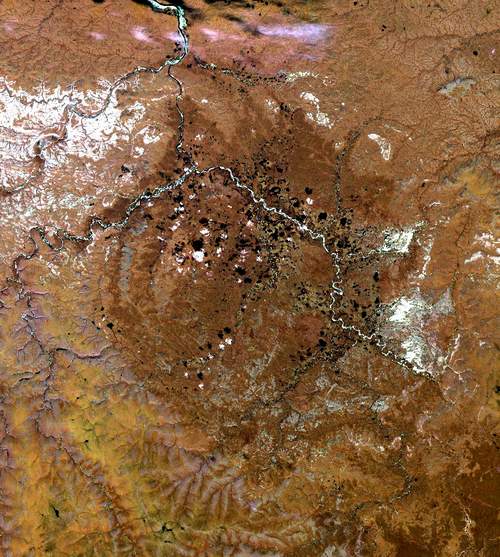
The Popigai Crater in Siberia is one of the largest impact craters on Earth, with a diameter of about 100 kilometers. Created over 35 million years ago by a massive asteroid, the crater is located in a remote and harsh environment. Its size and isolation make it look like a relic from another world. The vast, desolate terrain surrounding the crater only amplifies its stark and barren appearance. It’s also famous for its diamond-rich deposits, adding to its mystique.
Tenoumer Crater, Mauritania
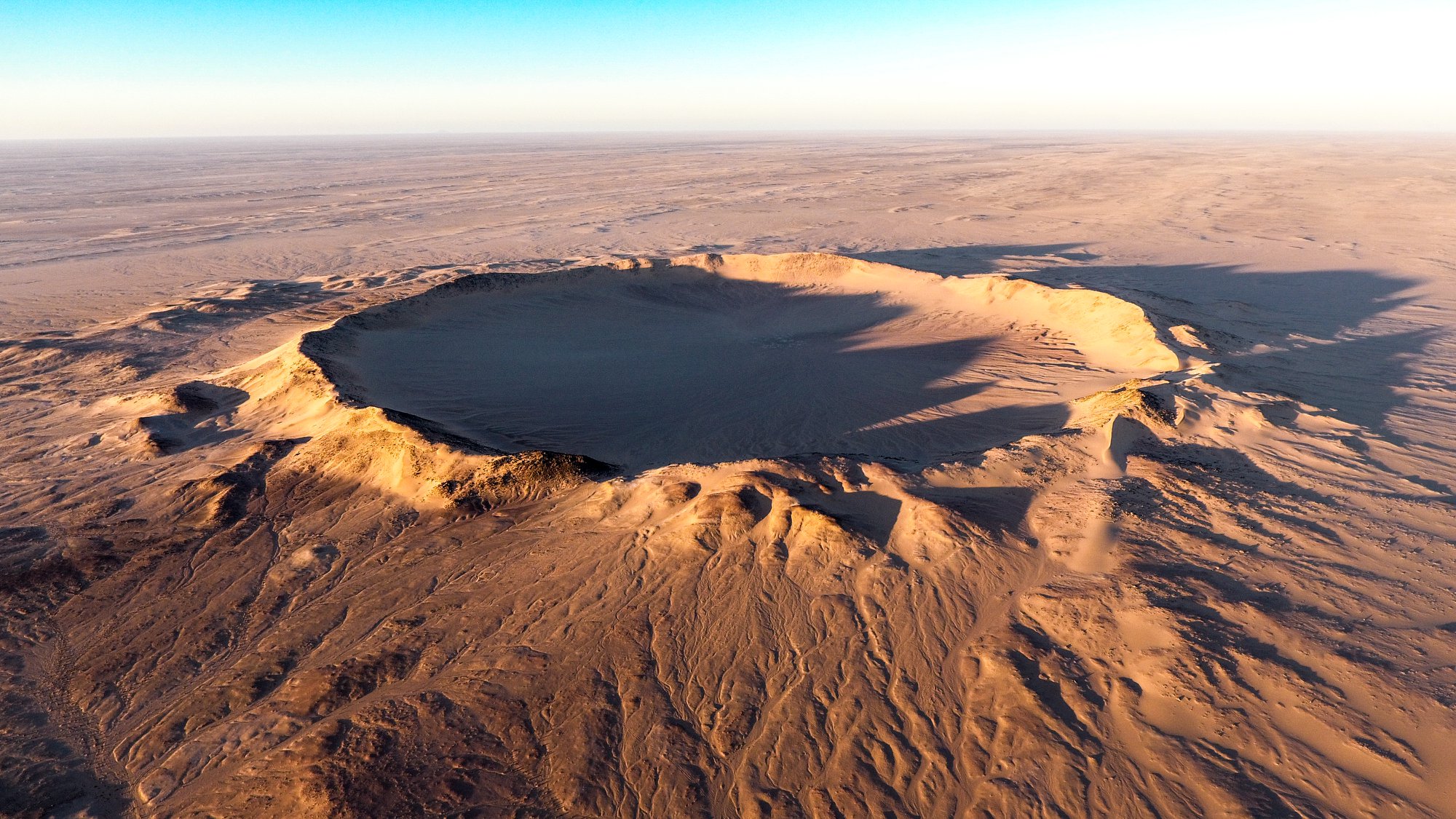
Tenoumer Crater, located in the Sahara Desert of Mauritania, is a perfectly round crater with a diameter of 1.9 kilometers. It’s estimated to be around 10,000 to 30,000 years old, created by a meteorite impact. The crater’s sharp edges and sunken floor, combined with the surrounding desert, give it an isolated, almost surreal quality. Its flawless circular shape stands out in the flat, barren desert, making it look like a forgotten piece of alien terrain.
Monturaqui Crater, Chile
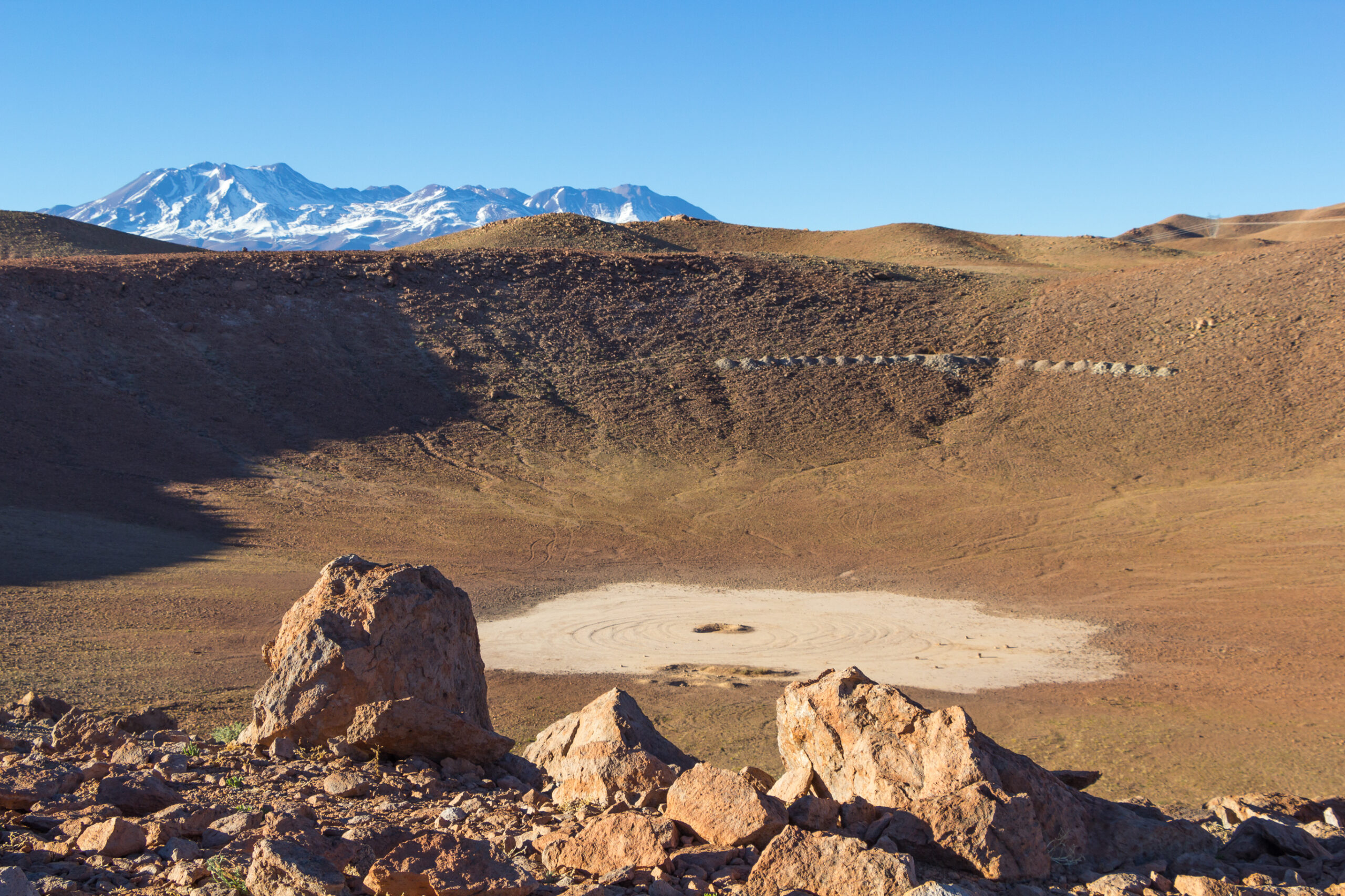
Monturaqui Crater, found in the Atacama Desert of Chile, is another impact structure with a distinctly alien appearance. Formed approximately 660,000 years ago, this crater spans about 460 meters in diameter. Its location in one of the driest places on Earth, coupled with its eroded edges and rugged surroundings, makes it look like it belongs on Mars. The rocky, desert landscape around the crater enhances its otherworldly vibe.
Mistastin Crater, Canada
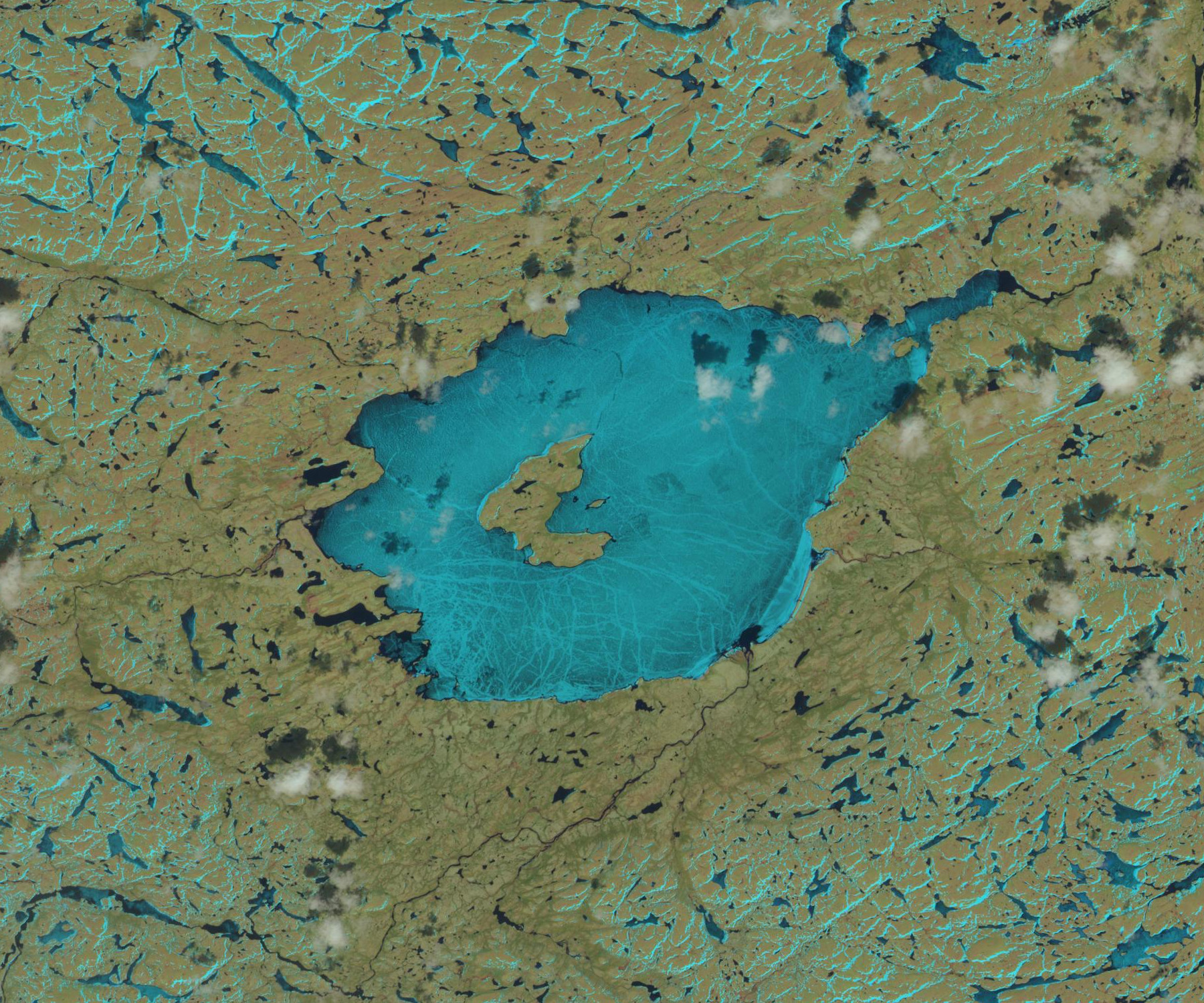
Located in northern Labrador, Mistastin Crater is a 28-kilometer-wide impact structure formed over 36 million years ago. The crater now contains a lake, which only adds to its ethereal beauty. The surrounding landscape of barren rock and rugged terrain creates a striking contrast with the smooth waters of the lake. Its remote location and unusual topography make it feel like a hidden gem from another planet, untouched and serene.
Ries Crater, Germany
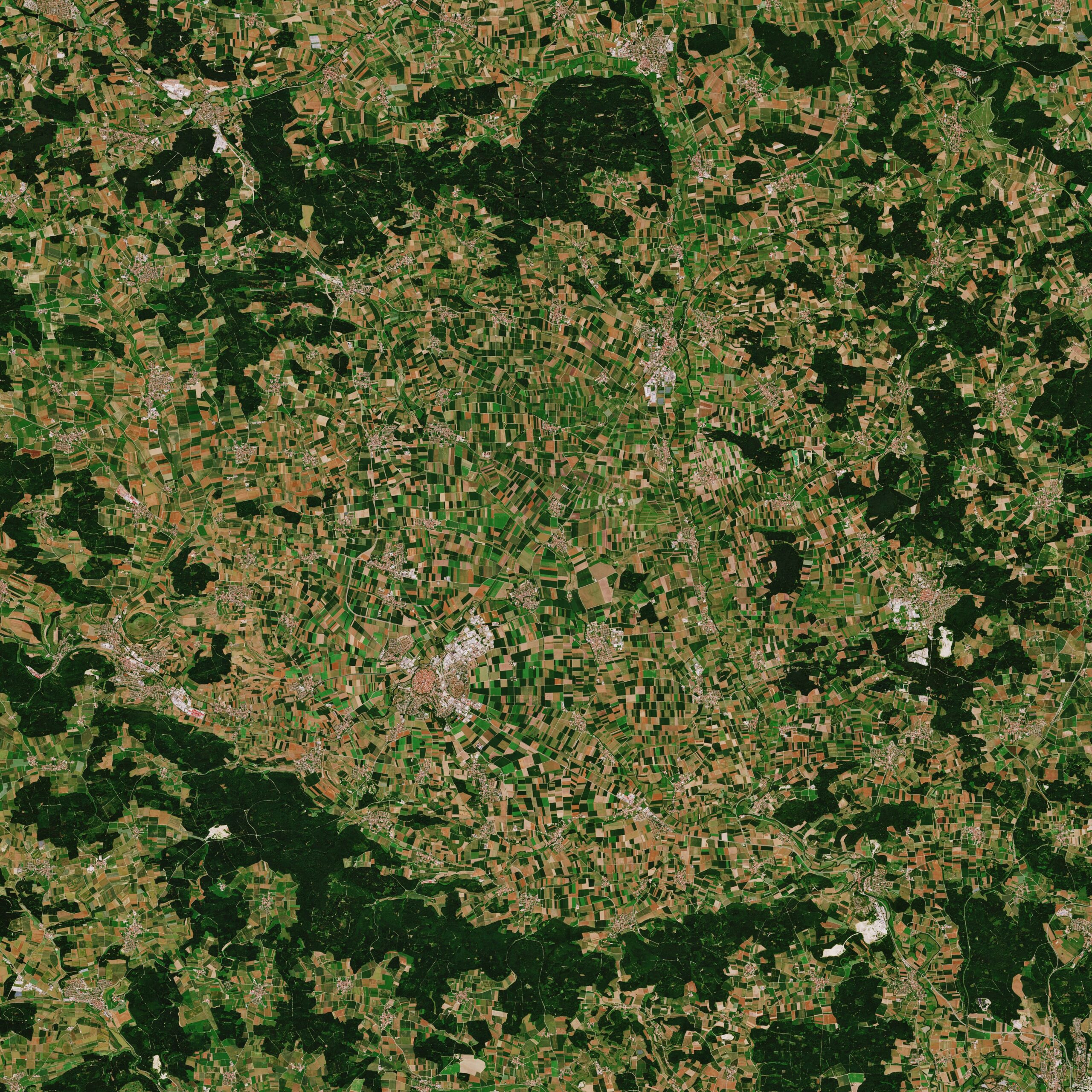
Ries Crater, situated in southern Germany, is a massive 24-kilometer-wide impact structure formed about 15 million years ago. This ancient crater has shaped the surrounding landscape, which now includes towns and fields. Despite the development, the crater’s shape is still visible, especially when viewed from above. Its size and the rolling hills around it give the impression of a massive, ancient impact site, blending natural beauty with hints of its violent past.
Sudbury Basin, Canada
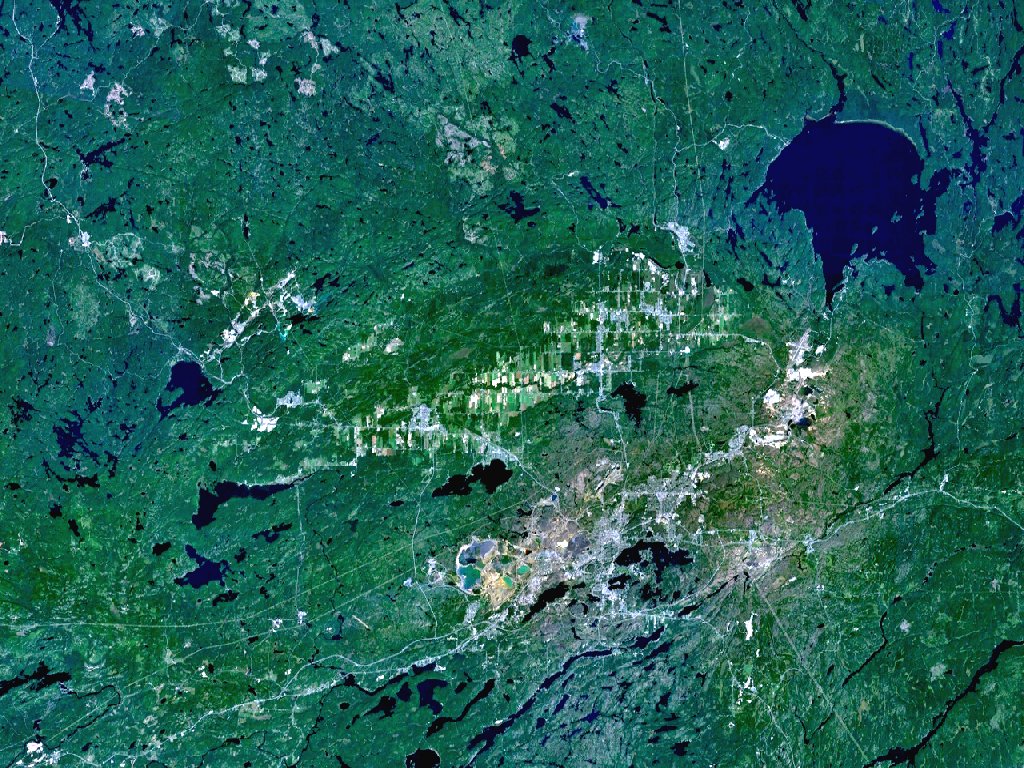
The Sudbury Basin in Ontario, Canada, is one of the largest known craters, with a diameter of about 130 kilometers. It was formed over 1.8 billion years ago by a massive impact, leaving behind a unique, elongated shape. The basin is now home to various lakes, forests, and mining operations, but the evidence of its cosmic origins remains clear. The sheer scale and geological features of the basin make it look like a colossal scar from another world.
This article originally appeared on Rarest.org.
More from Rarest.org
9 Coveted Antique Rugs That Command High Prices
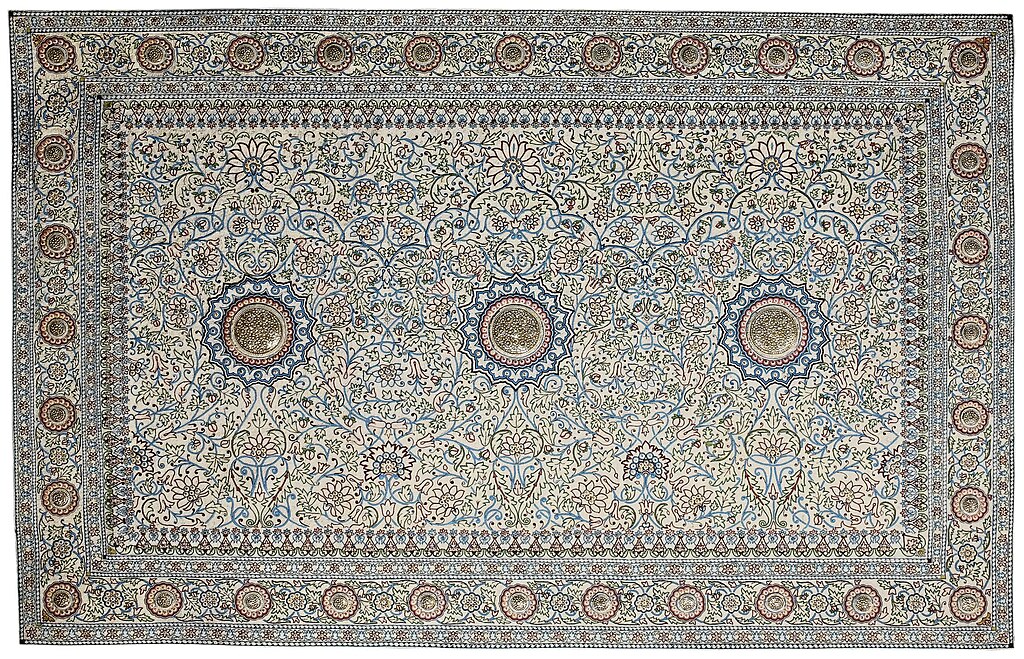
Antique rugs have long been prized for their craftsmanship, historical significance, and unique designs. Read More.
13 Remarkable Stadiums Known for Their Unique Designs

Stadiums are more than just venues for sports—they are architectural marvels that push the boundaries of design and innovation. Read More.
12 Rare Mammals That Live in the World’s Tallest Mountains
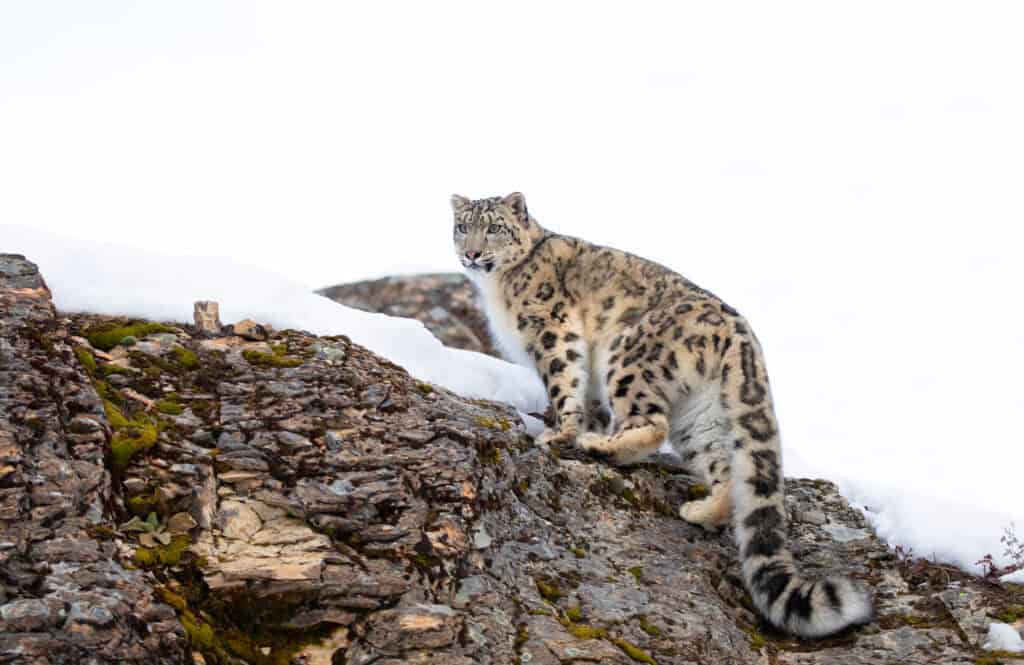
High-altitude regions around the world are home to some of the most unique and uncommon mammals on the planet. Read More.
